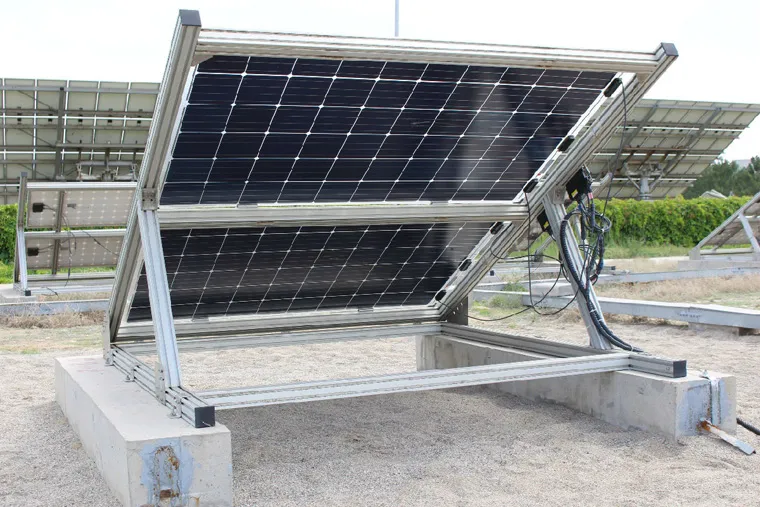Solar Hybrid Inverter Installation Guide
A Comprehensive Guide to Installing a Solar Hybrid Inverter
As the world increasingly turns towards renewable energy sources, solar hybrid inverters have gained popularity for their ability to optimize energy usage. These devices not only convert solar energy into electricity but also allow for seamless integration with the grid and backup batteries. This guide will walk you through the essential steps for a successful installation.
Understanding the Solar Hybrid Inverter
Before diving into the installation process, it's crucial to understand what a solar hybrid inverter does. Unlike traditional inverters, which only convert the energy from solar panels, hybrid inverters can manage energy from both solar panels and the utility grid. This capability allows for energy storage, enabling you to use solar power even during nighttime or cloudy days.
Essential Tools and Materials
To ensure a smooth installation, gather the necessary tools and materials beforehand. You'll typically need - A solar hybrid inverter - Solar panels - Mounting brackets - Wiring and connectors - Safety equipment (gloves, goggles, etc.) - A multimeter for testing
Installation Steps
1. Site Assessment Begin by evaluating the installation site. Ensure that there is adequate sunlight exposure for your solar panels. The roof should be structurally sound, and angles should optimize solar gain.
2. Mounting the Panels Install the solar panels using the mounting brackets. Secure them firmly and ensure they are angled correctly to maximize sunlight exposure.
solar hybrid inverter installation guide

3. Wiring the Panels Connect the solar panels to the inverter. Typically, this involves using UV-resistant wiring to connect the positive and negative terminals of the panels to the inverter’s input.
4. Setting Up the Inverter Mount the hybrid inverter in a well-ventilated area, ideally indoors to protect it from the elements. Once mounted, connect it to the battery storage system if applicable, as well as to the utility grid.
5. Connecting the System Follow the manufacturer’s guidelines for wiring the inverter to the electrical panel, ensuring all connections are secure and correctly placed.
6. Configuration Access the inverter’s settings through its interface. Configure parameters such as battery type, grid connection, and load management according to your energy needs.
7. Testing Before finalizing the installation, perform a series of tests to ensure everything is functioning correctly. Use a multimeter to check voltage and current levels, and verify that the inverter is correctly converting and managing power.
Safety First
Throughout the process, always prioritize safety. Wear protective gear, and if you're uncomfortable with electrical work, consider hiring a professional installer. Local regulations may require permits or inspections, so check with local authorities before proceeding.
Conclusion
Installing a solar hybrid inverter can significantly enhance your energy independence and reduce your carbon footprint. With careful planning and execution, you can harness the power of the sun effectively, contributing to a sustainable future.
-
Unlocking Energy Freedom with the Off Grid Solar InverterNewsJun.06,2025
-
Unlock More Solar Power with a High-Efficiency Bifacial Solar PanelNewsJun.06,2025
-
Power Your Future with High-Efficiency Monocrystalline Solar PanelsNewsJun.06,2025
-
Next-Gen Solar Power Starts with Micro Solar InvertersNewsJun.06,2025
-
Harnessing Peak Efficiency with the On Grid Solar InverterNewsJun.06,2025
-
Discover Unmatched Efficiency with the Latest String Solar InverterNewsJun.06,2025







